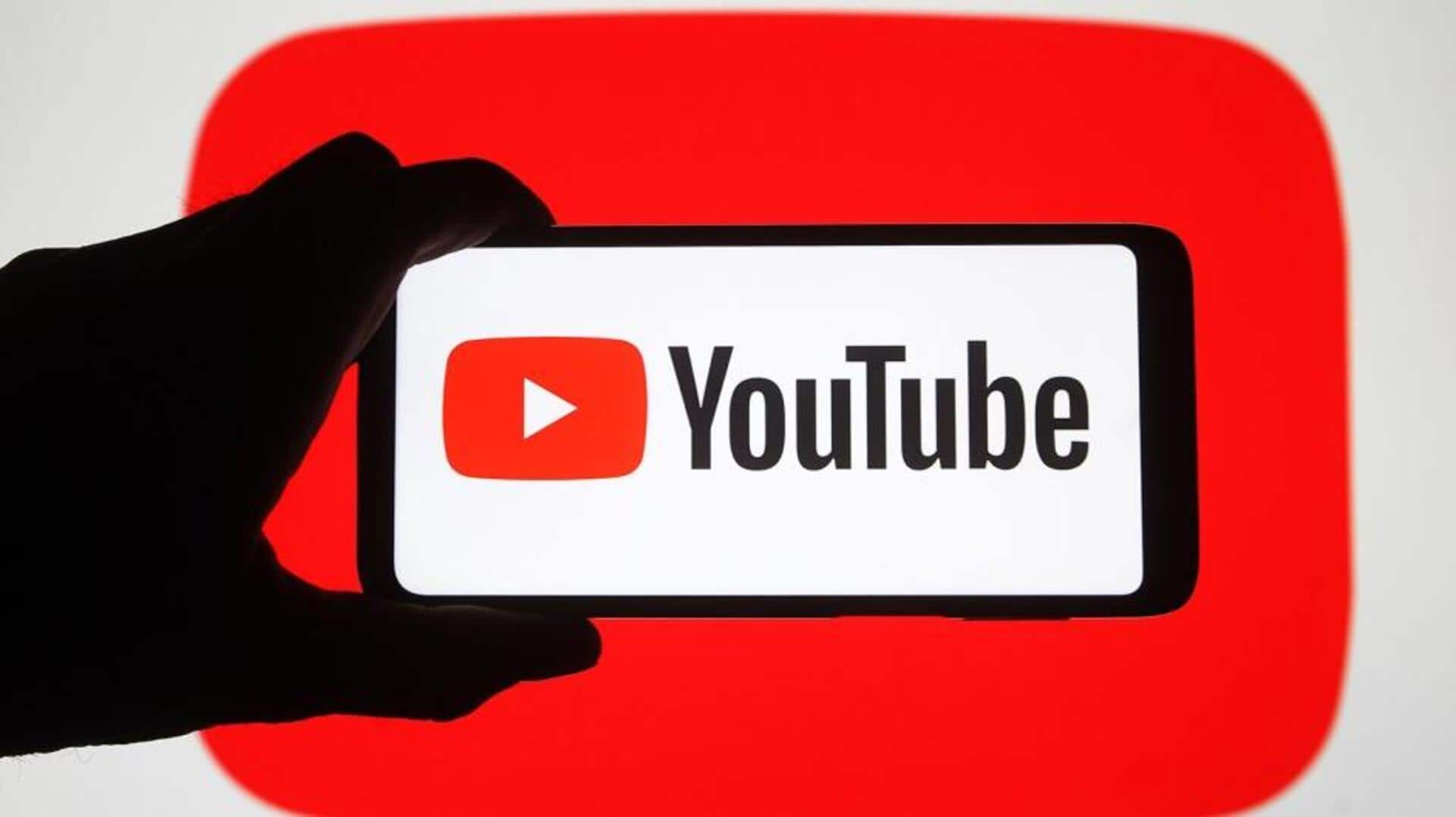
How to go live on YouTube: A step-by-step guide
What's the story
YouTube, world's biggest video-streaming platform, offers a range of features to keep its users engaged.
One of the most popular facilities is live-streaming content. You can use it to broadcast a video game or some other desktop content.
Or, if you're an influencer, the same feature can be used to host Q&A sessions with your followers and answer their questions in real-time. Notably, the capability works on both mobiles and computers.
Here's a step-by-step guide on how to use it.
Step #1
First, register for live-streaming
To go live, first, you have to register for the feature on YouTube.
For this, open YouTube.com on your computer and click on the 'Upload' icon in the upper-right side of the page.
Then, from the drop-down menu that appears, click on 'Go Live' and follow the instructions to complete registration by entering your phone number and verifying it with a code.
Step #2
Then, wait for 24 hours
Once you've registered for live-streaming, YouTube will take 24 hours to verify your account.
After this period, you can head back to the site and go live by following the same steps as above.
However, do note that if you're going live from a computer, a webcam would be needed to broadcast your face in real-time.
Step #3
How to go live from computer?
After clicking on 'Go Live' and giving your browser access to the webcam, you'll get an option to name your stream.
Here, you can also select a viewing privacy setting and choose if the stream should be public, unlisted or private.
Then, click on 'Next,' pose for a thumbnail for the stream and hit 'Go Live' at the bottom of the page.
Step #4
How to go live from mobile?
If you're going live from mobile, open the YouTube app and tap on the 'Upload' icon at the top of the screen.
After this, you'll get an option to name your stream and select its privacy setting.
Then, allow YouTube to access your camera/photos and tap on 'Go Live' at the bottom of the display.
Once your stream is finished, tap X in the top-right corner of the screen, then press END when prompted (OK instead of END on Android).